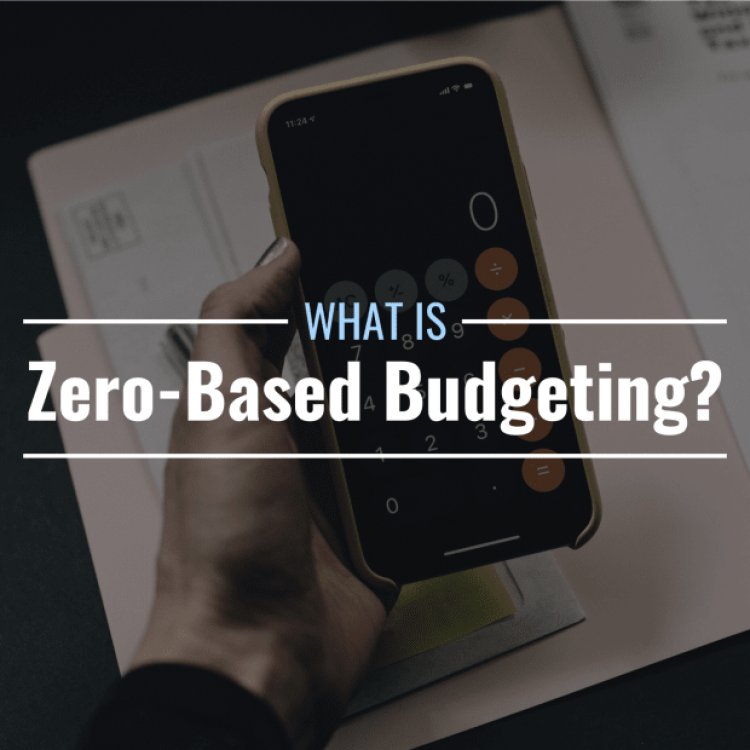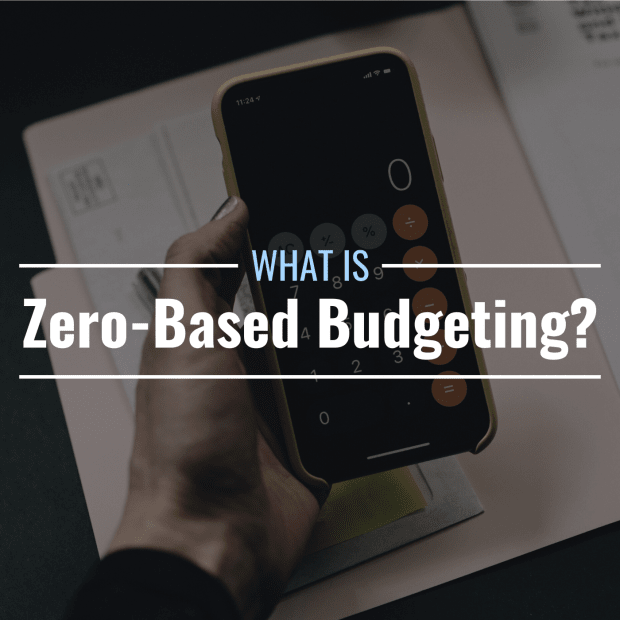What Is Zero-Based Budgeting? Definition, Process & Example
What Is Zero-Based Budgeting?Zero-based budgeting is a concept where the budget for the next budgeting cycle for an organization, often a calendar or fiscal year, starts from a zero base as opposed to being based on the levels set by a previous budget. Under this process, the budget amount for a ...


What Is Zero-Based Budgeting?
Zero-based budgeting is a concept where the budget for the next budgeting cycle for an organization, often a calendar or fiscal year, starts from a zero base as opposed to being based on the levels set by a previous budget. Under this process, the budget amount for a department or even a line item must be justified both in terms of the purpose of the budget and the amount to be included in the budget.
This process forces management to look at all expenses each budgeting cycle to ensure they are necessary, versus starting with the prior budget and increasing all line items by a set percentage.
During the traditional budgeting process, managers often view budget-making as a bit of a contest to ensure their department has a sizable budget, as this is often seen as a sign of the importance of their area. Zero-based budgeting forces managers to understand the cash flows and expenditures of their department and to be able to articulate why their department should be funded to a particular level in the context of the organization's goals and objectives.
How to Make a Zero-Based Budget
The steps involved in building a zero-based budget vary between different kinds of businesses and organizations, but some common steps include the following.
- Forecast the organization's revenue or funding levels for the upcoming budgeting period.
- Determine the organization's goals for the coming budget period and beyond. For example, this might be to increase revenues by a certain percentage for the company as a whole or for an operating unit in a larger organization.
- Once the top-line objective is determined, work backward to determine what resources are needed to accomplish that goal. This might entail hiring more people, or perhaps realigning the company's personnel.
- Determine what these resources will cost and if spending this money will help achieve the top-line goal.
- Evaluate all expenses, whether or not they are within the spending parameters needed to achieve the organization's goal, to determine if they make sense.
- If all is good, move forward and implement the budget.
- Go through the same process for the next budgeting period.
Advantages and Disadvantages of Zero-Based Budgeting
Like any business financial process, there are both advantages and disadvantages to zero-based budgeting.
Pros of Zero-Based Budgeting
Zero-based budgeting can offer a big advantage to business owners who do a detailed annual review of all expenses and focus on the expenses that support their business goals for inclusion in the next period's budget. This helps senior management ferret out costs that seem to increase by a set amount during each budget cycle.
Zero-based budgeting is a great process to ensure that expenses are not included or increased just because they represent costs or methods of doing business that the company has always used.
Cons of Zero-Based Budgeting
One disadvantage of zero-based budgeting is that while this process might result in lower costs for the organization, management might become too focused on only those areas that directly support top-line growth or offer a tangible payback for the money spent.
This might make it more difficult for areas like customer service to get the budgets they need in order to keep the company's customers happy and coming back to purchase other items or services. While an area like customer service doesn't always have a direct correlation to revenue, poor customer service is almost always detrimental to a company's future growth.
Another potential drawback of zero-based budgeting is that it can promote short-term thinking within an organization. This approach often focuses on reducing costs for the next budgeting cycle, but if costs needed to move the business forward on a long-term basis are rejected, this can prove detrimental to the company's future success.
Zero-based budgeting can also be very resource intensive. Organizations should be sure the potential benefits of this approach are worth the commitment in terms of employee and management time.
Zero-Based Budgeting vs. Traditional Budgeting: Key Differences
Traditional budgeting often assumes that expenses tend to increase year-to-year by some percentage. Too often there is not an in-depth review of the expenditures to determine if they are still valid and necessary. Traditional budgeting typically only analyzes proposed new expenditures in depth, with the assumption that any expenditures or budget line items currently in place should remain and receive at least a token increase into the next budget period.
The concept behind zero-based budgeting is to have managers justify what they are spending and to minimize costs. It is not just assumed that because an expense item has been incurred in the past that this cost should occur in perpetuity. The goal of this type of budgeting is to ensure that costs drive value for the organization.
Example of Zero-Based Budgeting
Let's say that a manufacturing company outsources the manufacturing of a major part of a key item that they make. Each year the cost of the outsourced part increases by 5%.
Using a zero-based budgeting process might lead the manufacturing company to look at other alternatives for producing this key part. They might try to determine whether the part could be produced internally by the company's own manufacturing department. A zero-based budgeting process could lead the company to question not only the ever-increasing cost of this outsourced part but perhaps other costs related to the manufacturing and distribution of this key product for the company.
In another hypothetical example, the marketing department of a company has traditionally had a budget of $2 million each year. Yet, over time, the marketing function and marketing priorities of the company have changed. Rather than selling and distributing its products in traditional brick-and-mortar locations, the focus has shifted to selling online and building out a more robust internet presence.
The functions of the department and the expertise needed have changed, so a zero-based budgeting approach would focus on ensuring the department's spending is aligned with the company's new priorities and the types of marketing expertise needed in an evolving sales landscape.
What's Your Reaction?



























































